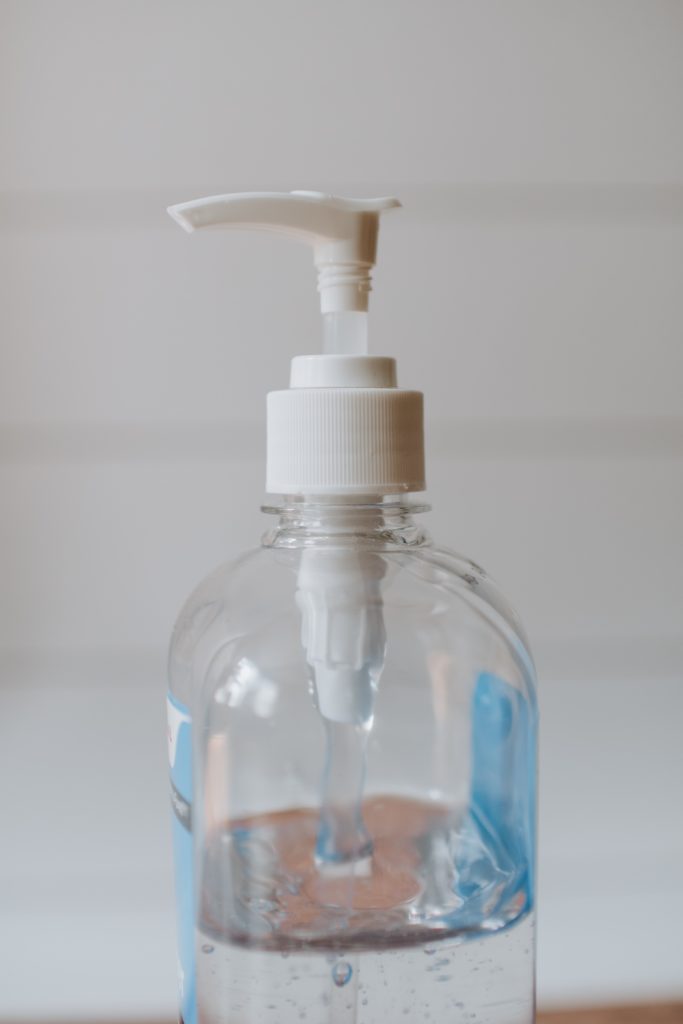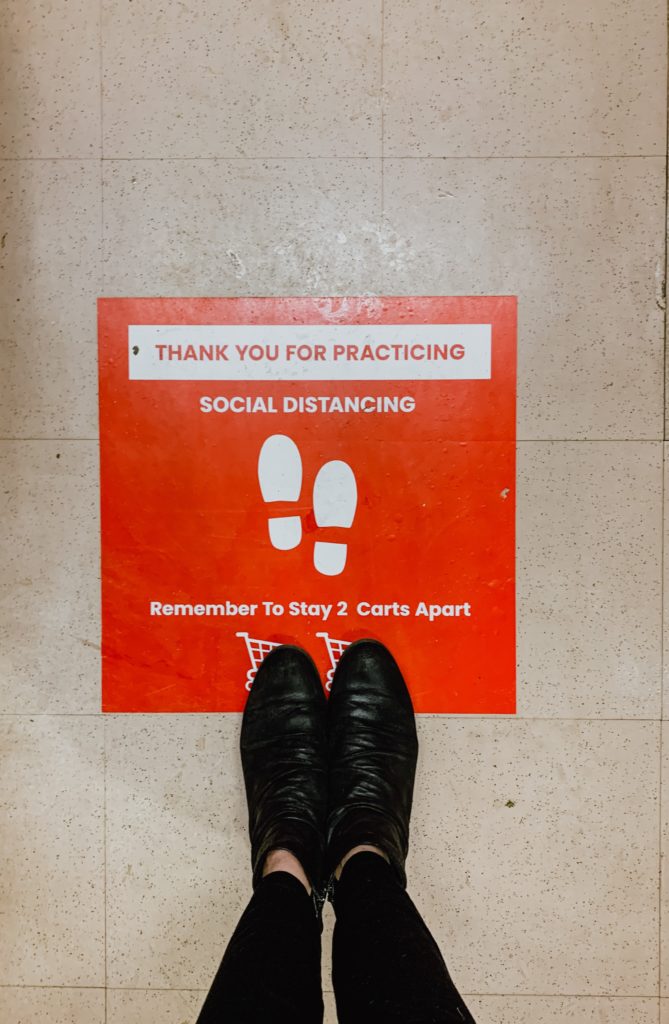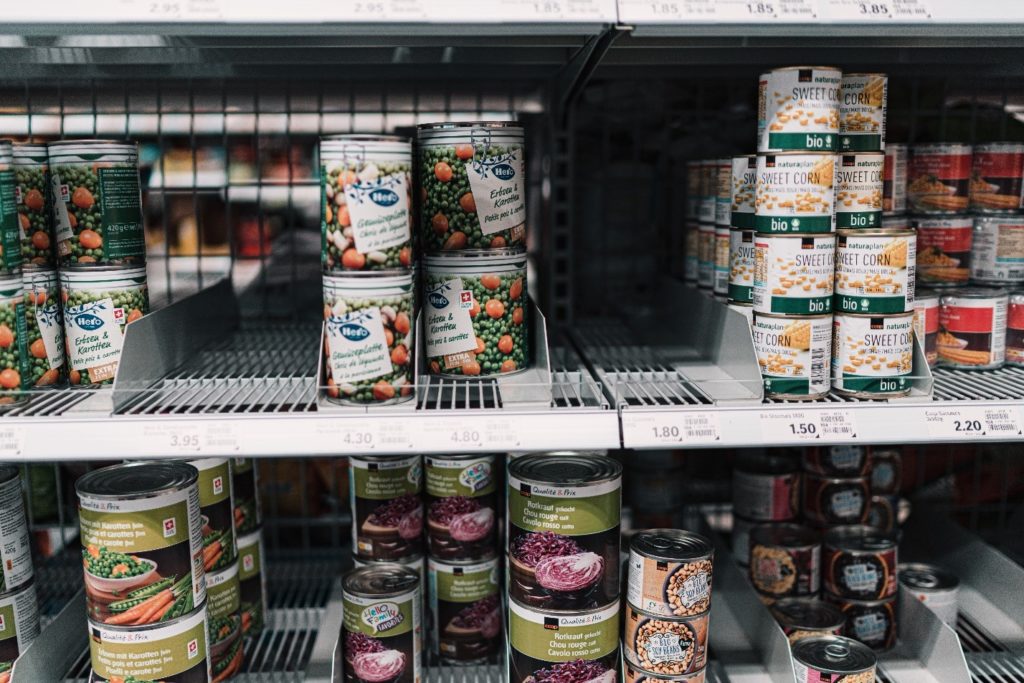The global spread of COVID-19 is deeply affecting individuals and companies alike. It’s taking a toll on businesses, communities and lives. It’s vastly changing how companies operate and is causing supply chains bottlenecks around the world.
Yet, even during this time of upheaval, food and beverage companies are mobilizing in unprecedented ways to protect lives and to defeat the disease. Many companies, both large and small, are stepping up to help their communities and pivoting their businesses to supply essential products and to provide humanitarian relief.
Related: A New Normal: Restaurants Selling Groceries to Stay Afloat During COVID-19
When COVID-19 hit the US, the food and beverage industry found itself in a scramble to adapt and stay afloat. The massive transformation that followed is likely to have lasting consequences for the industry and the nation. The industry before the virus will not resemble the industry during or after.
The industry has adapted and responded with ideas and measures to protect employees and customers, all while keeping up with demand. Despite fighting the uphill struggle to stay in business, food and beverage companies have innovated and adapted. Here are some of the ways business are adapting and contributing during this global crisis.
Innovating Under Pressure
 In the beverage industry, local distilleries and bigger companies like Pernod-Ricard, Diageo and Anheuser-Busch re-directed their production lines to manufacture sanitizer, helping alleviate the shortage created by consumers who emptied store shelves. Spirit of York Distillery Co., which is located in Toronto’s Distillery Historic District, also started making alcohol-based hand solution and many local distilleries followed suit.
In the beverage industry, local distilleries and bigger companies like Pernod-Ricard, Diageo and Anheuser-Busch re-directed their production lines to manufacture sanitizer, helping alleviate the shortage created by consumers who emptied store shelves. Spirit of York Distillery Co., which is located in Toronto’s Distillery Historic District, also started making alcohol-based hand solution and many local distilleries followed suit.
Many companies changed how they reached customers. Peapod, Instacart and other services became overwhelmed as online grocery orders gained popularity. Chains with drive-throughs stayed open. In a letter to customers, McDonald’s talked about “convenient and contactless” ways to buy food from drive-through to mobile order-and-pay. National chains including Subway and McDonald’s offered free delivery. Dunkin’ Donuts tapped Grubhub as a delivery service as more companies found they could no longer rely on their old business models. Companies recognized they had to deliver or risk seeing sales drop further.
Restaurants, such as Panera, saw their meal revenue dry up and shifted to selling retail grocery items. Farmers began selling direct to consumers, although some were forced to dump produce, creating images of a severed supply chain. Manufacturers stepped up to shift production for safety and medical equipment, while grocers started extending hours to restock shelves, and big food companies shifted production to meet the needs of the public.
Giving Back to Employees
 With essential workers on the front line, employee health and protection are key. Companies have been keeping staff as long as they can by utilizing them to perform multiple functions such as delivering, cooking and cleaning. PepsiCo, Mondelez and Hormel Foods are a few among the businesses rewarding their workers with bonuses, additional leave time and raises. Nestlé US has guaranteed three-months pay for workers at impacted facilities and may slow product rollouts as grocers prioritize keeping shelves stocked.
With essential workers on the front line, employee health and protection are key. Companies have been keeping staff as long as they can by utilizing them to perform multiple functions such as delivering, cooking and cleaning. PepsiCo, Mondelez and Hormel Foods are a few among the businesses rewarding their workers with bonuses, additional leave time and raises. Nestlé US has guaranteed three-months pay for workers at impacted facilities and may slow product rollouts as grocers prioritize keeping shelves stocked.
Companies have been reaching out to others that furloughed staff, as manufacturers hire and retrain restaurant employees. Papa John’s said it is hiring 20,000 employees in the near term, and Fresh Market is hiring 1,600 workers and reaching out to others. The industry has pulled together, and some companies have been creative in ways to pay and keep workers employed.
To protect their workforce and customers, Albertsons, Stop & Shop, Walmart, Publix, Kroger and many others put up plexiglass barriers at checkout counters. Kroger added partitions at its pharmacy and in-store Starbucks locations and Perdue Farms said it was installing partitions to separate workers. Meanwhile, Tyson Foods announced infrared body temperature scans to detect fevers.
Charity and Customer Care
Big and small players alike stepped up with donations as companies struggle and demand grew. Ten million dollars was set aside for Starbucks’ workers. Target donated two million KN95 respirator masks to healthcare providers. Coca-Cola, meanwhile, approved $13.5 million in grants in North America, largely for food distribution, on top of smaller grants. Its main competitor PepsiCo pledged $45 million in global relief for areas affected by coronavirus, including $15.8 million in North America.
Unilever is now leveraging its social purpose to make sustainable living commonplace by donating $155 million worth of soap, sanitizer, bleach and food to help protect people’s lives around the globe. It’s also providing $775 million of cash flow relief for early payments to its small suppliers and extending credit to small-scale retail customers to help them manage and protect jobs.
Stores got creative in protecting at-risk populations and first responders. Stop and Shop is offering special shopping hours to customers 60 and older and other stores created special hours for first responders and other healthcare workers. Kroger, Hy-Vee, Wal-Mart and other supermarkets started marking their floors with arrows to indicate one-way isles and limited customers. BJ’s Wholesale Club is limiting customers by permitting one person per household in their stores at a time.
What It All Means
Just months ago, who could have imagined exclusive shopping hours for those over 60 or healthcare workers, or one-way supermarket aisles? Liquor companies producing hand sanitizer? Or calls for combat pay by grocery clerks? As companies redefine business as usual, recent weeks have been a case study of an industry reinventing itself.
The response of the food and beverage industry may be one of the biggest stories of any industry in history. In retrospect, this will be seen as a time of tribulation, but also of innovation since necessity is still the driver of invention. And as the crisis evolves, consumers and companies should expect more change before settling into a new, but likely very different, normal.











Join or login to leave a comment
JOIN LOGIN